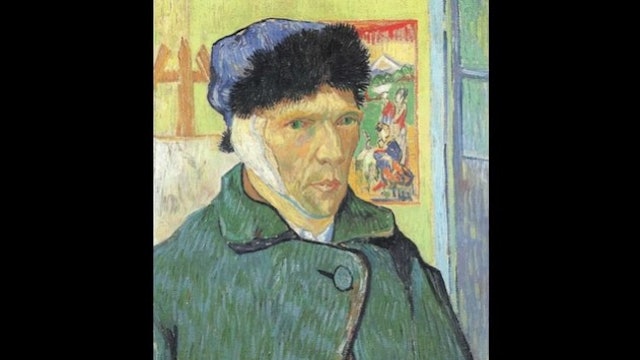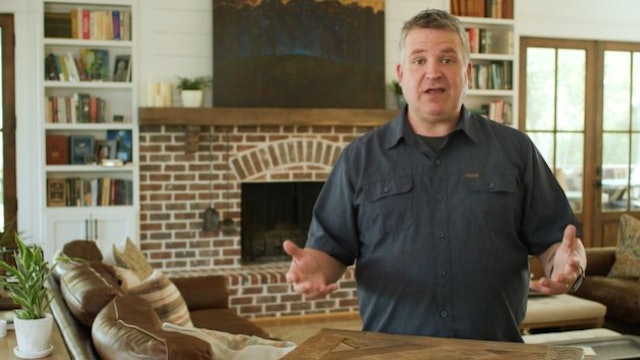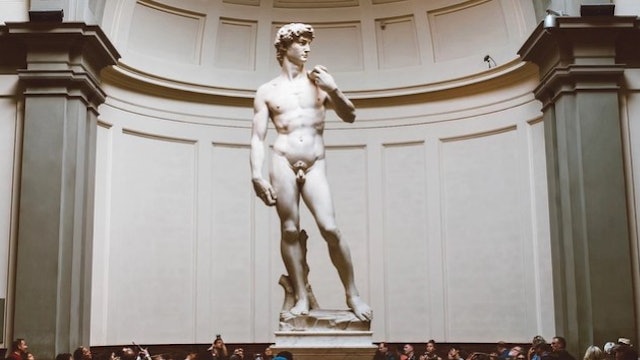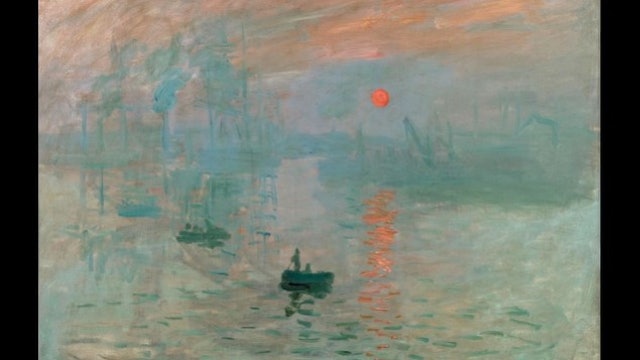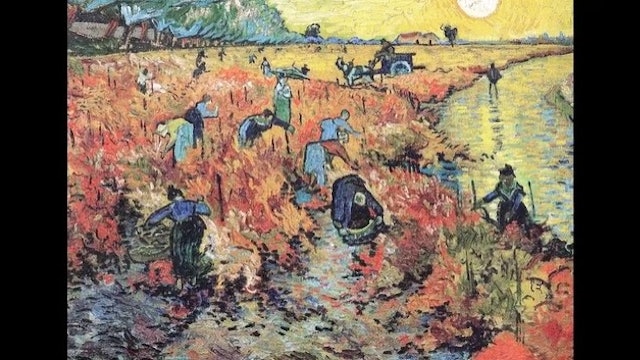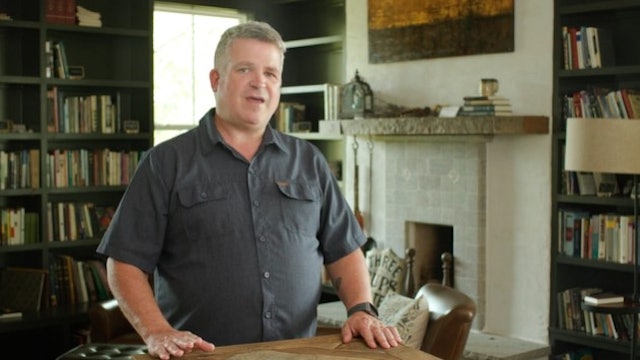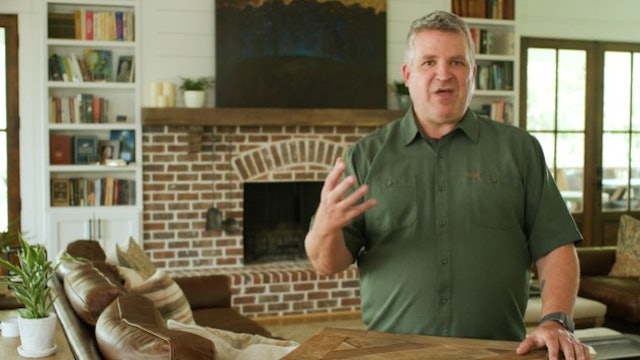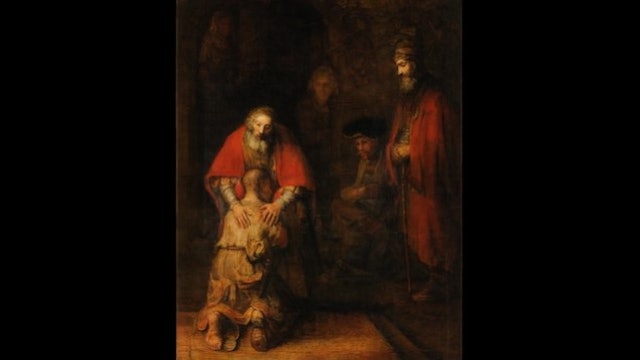Rembrandt Is in the Wind (Russ Ramsey)
> Did you know Vincent van Gogh sold only one painting during his lifetime and that during the last three months of his life he completed an average of one painting every day?
> Did you know that Michelangelo's David is covered in a dusting of human skin?
> Did you know Caravaggio murdered several people while he was painting some of the most glorious paintings of biblical scenes the world has ever known?
Rembrandt Is in the Wind by Russ Ramsey, pastor at Christ Presbyterian Church in Nashville, TN, is an invitation to discover some of the world's most celebrated artists and works, while presenting the gospel of Christ in a way that speaks to the struggles and longings common to the human experience.
The study is part art history, part biblical study, part philosophy, and part analysis of the human experience; but it's all story. The lives of the artists in this book illustrate the struggle of living in this world and point to the beauty of the redemption available to us in Christ. Each story is different. Some conclude with resounding triumph while others end in struggle. But all of them raise important questions about humanity's hunger and capacity for glory, and all of them teach us to love and see beauty.
Available Products:
Book
-
Rembrandt Is in the Wind: Session 1 - Pursuing Goodness, Truth, and Beauty
Vincent Van Gogh's self-portrait captures the moment of his greatest shame, but it has become a priceless treasure of goodness, truth, and beauty. When we try to hide our brokenness, we hide what needs redemption.
-
Rembrandt Is in the Wind: Session 2 - Why Does Beauty Matter?
Russ Ramsey explains why Christians have a theological responsibility to deliberately and regularly engage with beauty.
-
Rembrandt Is in the Wind: Session 3 - We Work with What We're Given
How different would Michelangelo's David have been if he had worked with a virgin stone? He had to adapt to the work and mistakes of two prior sculptors who had already tried to sculpt that block of stone that came with limitations and faults.
-
Rembrandt Is in the Wind: Session 4 - We Never Truly Work Alone
Joseph Vermeer's The Concert was painted using an optical device, which helped him see the effect of light the way we do not normally see it. When humans do the work of creation, we reflect part of God as Creator.
-
Rembrandt Is in the Wind: Session 5 - Creating in Community
Claude Monet's Impression Sunrise gave the name to the community of Impressionists who were devoted to supporting one another in winning over the critics and the Paris Salon. Impressionism would not exist without community.
-
Rembrandt Is in the Wind: Session 6 - Making Sense of Artistic Success
Vincent van Gogh's The Red Vineyard was the only painting he sold during his lifetime. He was plagued, not by the value of his collection (which at the time of his death was negligible) but by the question of whether his work would produce transcendent beauty.
-
Rembrandt Is in the Wind: Session 7 - Measuring a Life
Service to the Lord is never wasted. The life of Lilias Trotter is described, the talented painter of whom John Ruskin, the leading arbiter of art for the Victorian age, told her if she focused on her art she could be one of the world's great artists. But she instead chose to devote her life to m...
-
Rembrandt Is in the Wind: Session 8 - A World Short on Masters
What are you mastering? Everybody has a skill and a craft. Don't quit developing your craft. It's important for us to contribute beauty to the world.
-
Rembrandt Is in the Wind: Session 9 - How to Visit an Art Museum
Go into the museum and find one artist: look long at all their works, and if there is any time left, wander around. Learn about the lives of your heroes, and take in their body of work to explore the puzzle pieces of their life, vision, theology, artistry, and burdens.
-
Rembrandt Is in the Wind: Session 10 - How to Look at a Work of Art
Move toward what you like. Look at it. Read the plaque about the work after you have looked at it. Think about what the artist seems to be saying or asking. Grow your vocabulary and learn the symbolism. Notice technique. Follow the visual path of the composition.



